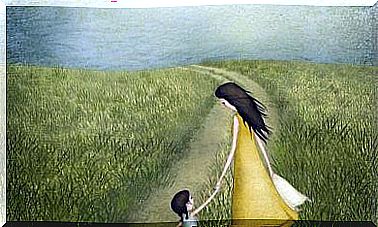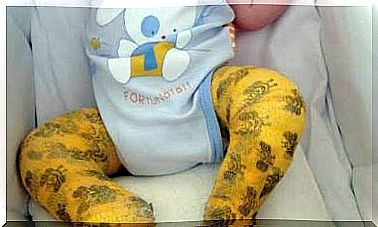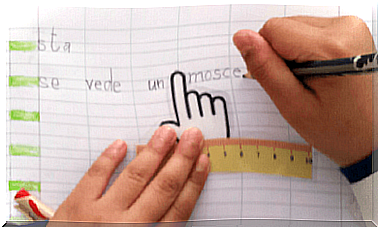What To Do If My Child Has A Limp?

Some children walk unevenly, try not to fully support the foot on the ground, or even use only the toe of the foot for support while bending the knee. It is possible that the little one is not at the age to express what is happening to him, and that is where we parents come into action with our keen observation skills to perceive that “my child is limping”.
Footwear
When you observe that the child makes a bad step, the first thing you should do is check his footwear, since it could be a simple stone in the shoe or that it is not comfortable for him and causes blisters on the sole of the foot or on back of your heel.
Due to its rapidity, children’s growth can sometimes go unnoticed, but the constant change in the size of their feet causes them to lose their shoes very often.
Constantly monitoring that the size of shoes they fit is correct should be taken as one more habit in our daily roles as parents. Wearing a lower number than the one that corresponds to it will affect their walk and over time can cause the little one to choose to limp in order to cope with this discomfort.
When buying footwear for our children, we must ensure that their length is greater by one centimeter than their foot and preferably ergonomic, that is, that they are suitable for their body and comfortable when walking.
It is important that comfort and ergonomics prevail as essential parameters when selecting shoes and under no circumstances put fashion ahead.

Fractures, strains, or sprains
Children are generally in constant exploration. They are in the process of discovering everything around them and do not question the dangers that exist in doing so. They tend to climb and run in everything they see possible and, the greater the difficulty present in the place, the greater the adventure and fun they will get.
However, any fun can turn into an unpleasant experience, since they will always be exposed to falling or hitting themselves, suffering strains, sprains and, in the worst case, fractures. Even if the extent of the damage is not so severe, it could still cause the child to limp from discomfort or pain.
One of the most common accidents due to physical activities is a tibia fracture. The little ones often don’t realize how it happened to them; It could be the product of a bad jump, when running or jumping off a slide. This injury could cause severe lameness in children.
My child limps from a very young age
If you notice that your baby is limping while learning to walk, it could be presenting a neurological problem. When the child presents this difficulty at a very early age, it is necessary to attend as soon as possible with a specialist to carry out the necessary analyzes and determine the reasons that cause it since, the longer the time that passes without measures being taken, the more it will be difficult to correct.
Why is my child limping if there is no visible damage to his legs?
The answer could be in different conditions not so easy to detect such as:
- Injury or swelling in the hip.
- Abnormal development in the development of the hip (dysplasia).
- Any fracture that occurred during childhood.
- Joint infection
- Different lengths on the legs.
If the child was born with any of these ailments, such as a dislocated hip or legs with different lengths, they may go unnoticed when he begins to walk, but his lameness will become more apparent as it develops.
What steps should I take if my child has a limp?
When you examine your child and determine that the reason for his lameness is due to a minor injury, you have the peace of mind of solving it from home. Cuts or rubs on the feet that can be easily treated with first aid without the need to go to a medical center are an example of this.

But if the reason for his lameness cannot be detected with the naked eye and lasts more than 24 hours, it is imperative that you take him to a doctor’s office where, if necessary, X-rays or any other type of examinations that are considered pertinent for his diagnosis will be performed. and treatment.
Remember that only your pediatrician will be able to examine it in depth to make sure it is not a bigger problem. If it is, they will take the necessary measures to control it and prevent the condition from being prolonged and complicated over time.
Don’t forget that the faster you act on it, the easier it will be to decrease your child’s difficulty when walking.










